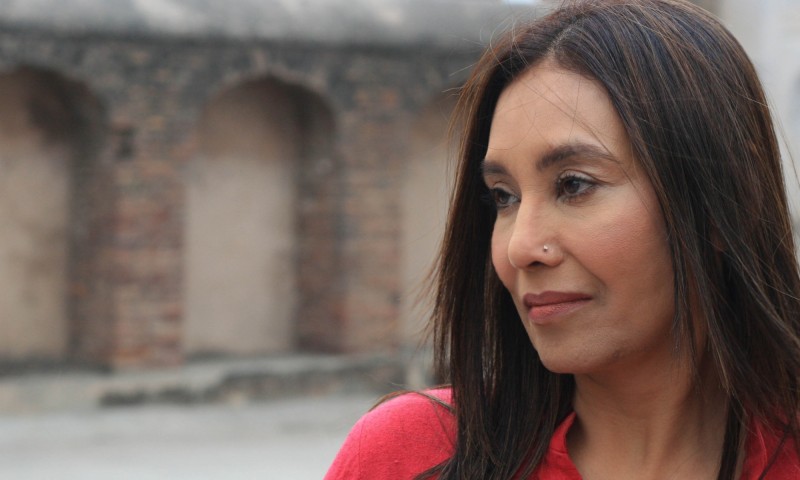

Location is at the center of Ola’s business. The meetup was particularly interesting in the light of Ola’s recent move adding autorickshaws to their offering. Last week, we gathered at the Paradigm Shift cafe in Koramangala, to learn about the location data infrastructure at. Remaining open and improving continuously is the only way to keep your datasets upto date. Owning the entire data experience is critical to win in this market. They avoid mapping defence and high security features. Latlong.in follows Survey of India’s National Map Policy. Conflation and dealing with multiple revisions of data is tricky and there aren’t great tools to deal with it effortlessly. When OpenStreetMap picked up, Latlong.in moved to a mix of their data and OSM that was maintained on their own. “The idea behind Latlong.in starts by saying that addresses don’t work in India”, says Rahul. Rahul brought in experts from different areas to gather local information. Each city is unique and people entirely depend on landmarks and hyperlocal information to get around. In order to address India-specific mapping needs, geo-rectification needed to be inevitably supported by field surveys. Rahul pointed out that these are inexpensive but high effort tasks. Rahul’s team gathered toposheets from the Survey of India and georeferenced boundaries to incorporate into their maps. They started out in 2007 at a time when there was no reasonable geographic data source available for India – commercial and non-commercial. Rahul shared the story of Latlong.in, their infrastructure and challenges mapping Indian cities. The store locator is powered by Onze’s very own Latlong.in – extensive, web based points of interest and map data interface. Onze is the prefered store locator infrastructure by several businesses in India including TVS, Dell and Cafe Coffee Day. The July edition of GeoBLR featured Rahul RS from Onze Technologies. We would love to hear from you, and have conversations about the visualization, the BMTC, and everything in between!
#ANWAR SAJJAD BIO CODE#
Just like the data, our code and approach are open on Github. You can see that the strength decreases as we move away from the city center with the exception of depots. This map by Aruna shows node strength – number of routes passing through a particular stop. So, we looked at segments that overlapped different bus routes.

Redundancy is a drain on resources and makes it hard to manage such a vast network with efficiency. Redundancy is good to absorb an over spill of bus commuters. Tejas and I took turns to try and figure out the redundancy within the network.
#ANWAR SAJJAD BIO SERIES#
I analysed coverage based on series 2 (blue) and 3 (green) and they make up almost 76% of the entire network. Which directions does BMTC run? It is interesting that BMTC covers the city North – South (blue) and East – West (brown) with almost equal distribution.īMTC routes are classified into different series. The furthest you can get is from Krishnarajendra Market (KR Market) to the eastward town of Biskuru: roughly 49 km as the crow flies. The map shows straight lines between bus stops that are connected by a single route. The BMTC network operates long and direct routes. I tried to define reachability as destinations one can get to from a stop without transferring to another bus. One can easily trace the Outer Ring Road, too. Also, nodes in the north and west seem to rely more on the trunk roads than the diversely-connected nodes in the south. Whereas, the south has more routes with less frequency. For instance, the north and west of the city have fewer, but more frequent routes. The relationship of the bus terminals with neighbourhoods and the road network can be easily observed. In the image below, stroke thickness indicates how many trips each route makes. Next, I wanted to look at the frequency of different routes. It should be noted that while the route traces the edges of the city in the west and north, it encircles the larger industrial clusters of the east and south.

There are 5 trips a day, and these buses are packed throughout. Route 600 is the longest, making a roundtrip around the city, covering 117 km in about 5 hours. Longest routeīMTC is known for its many long routes. We inspected frequency, coverage, redundancy and reachability. The data set had bus stops, routes and trips. Some of us at DataMeet took to time understand its network better by performing some basic analysis on the gathered dataset. The BMTC operates over 2000 routes in the city and region of Bangalore and is the only real mode of public transit system in the city. This includes the network of Bangalore Metropolitan Transport Corporation (BMTC). Open Bangalore has been a pioneer in opening up several data sets that help understand Bangalore city.


 0 kommentar(er)
0 kommentar(er)
